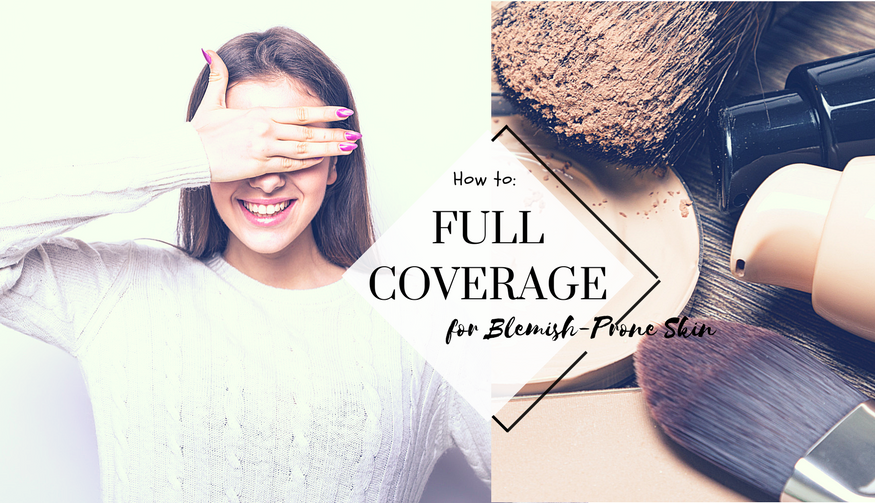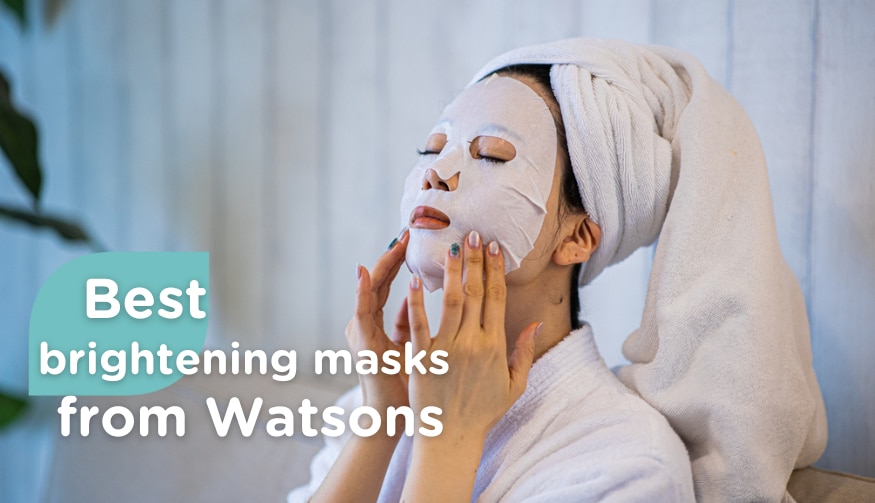Covered up but not cakey. Hot but not heavy. Flawless but not over-filtered. Yes, there’s a fine line between achieving a full coverage finish and looking too ‘done up’. Throw blemishes into the mix and you might think it’s an absolute no-go zone – but it isn’t (contrary to popular belief!) Here’s everything you need to know to achieve a full coverage look:
How to cover blemishes with makeup
Step 1 – The Right Primer

If you have a lot of redness in your skin, you can address this issue with a colour correcting primer. Depending on what tone you are keen on correcting, you can go for primers with greenish, lavender, yellow or pink tints to them. These will help you even out your tone and prepare your skin for concealers and foundation. Equally, it may be the case that you don’t need a colour correcting primer at all, rather a concealer that will help you with colour correction in certain areas only.
Step 2 – Concealing

While people with dry, normal or oily skin are more likely to put on foundation before concealing, it’s better to use concealer first for beauty lovers with blemish-prone skin. This means that you can conceal over problem areas only which avoids the heavy, cakey look.
If you want to reduce redness on any irritated pimples, make sure you go for a colour correcting concealer.
Step 3 – Foundation

After you have applied concealer, it’s time to apply foundation. The type of foundation to go for should have skin soothing and mattifying properties. The formula should also have high coverage yet be lightweight, so that it allows you to build up the product where required.
Look out for ingredients such as fragrance enhancers and alcohol – these often are likely to irritate sensitive skin, so avoid them if you can.
Step 4 – Setting Powder

To maximise your foundation’s staying power, set it with a light dusting of powder. This can be a mineral powder or a translucent one. Doing so will ensure that your foundation stays flawless throughout the day without the need to put any extra layers of foundation on.











